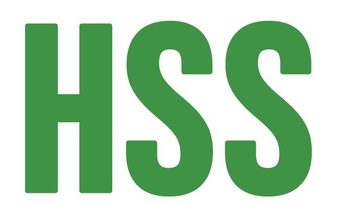Fall crops do not germinate when the soil warms to 85 degrees or warmer. A good rule of thumb to remember is that if the temperature is 90 degree's outdoors, then the soil temperature is 110 degrees or greater. In such high heat, the seeds will not germinate. This informative blog post will look at planting during the summer months for a fall harvest.
Germinating Seeds During the Summer Months
The best way to germinate seeds during the summer months is indoors - just like you do during spring, there is a constant threat of frost. Once the seeds germinate and form seedlings, then it's time to move them out into the garden. It helps to soak the seeds overnight in water before planting.
Care of Seedlings During the Summer
Once you transplant the seedlings into the garden, they will require extra pest protection because the pest population is robust and severe in the height of summer. Honestly, there is nothing pests love more than tender young seedlings, so you'll want to pay special attention to pest control whether you use all-natural, homemade, or chemical pesticides.
Shading Seedlings
The hot summer sunlight is brutal and will quickly cause our seedlings to wither and die without proper shading. You can use a shade cover, row shade cover, or even cover the delicate seedling with a light-colored flower pot during the afternoon. You want to provide adequate shade cover, so the seedling develops a robust root system and doesn't put all of its energy into struggling to survive.
Best Time to Sow Fall Crops
When determining the best time to sow fall crops, remember that you'll want to add three weeks to the length of time it takes the plant to reach maturity, which is always printed on the seed pack label. Most seed maturity dates are figured based on spring and summer sunlight. However, as autumn approaches, the days grow shorter, so it will take longer for the seedlings to grow without as much sunlight. However, cool-season plants do grow during the night, even when the temperature turns chilly.
Plant cabbage and broccoli seedlings at least eight weeks before the first projected fall frost. Keep their roots moist during the late summer heat to encourage good root growth before fall and the inevitable growth slow down.
You can sow kale and kohlrabi about six weeks before the first frost. Leafy greens such as lettuce, spinach, Asian mustards, and arugula, you can also sow the seeds directly in the garden during the summer.
When growing root crops such as turnips, beets, carrots, or radishes, keep the soil moist during the summer to encourage growth.
Choosing a Planting Site for Fall Crops
Always pick a location for late summer plantings that offer partial shade or provide a screen. Once the plants have passed the seedling stage, you can remove the screen or cover to offer the plants greater sunlight.
You'll want to make sure you have sufficient nutrients on hand when planting during the summer months for a fall harvest. At Humboldts Secret, we offer a full line of nutrients to meet your crop's needs. Contact us to learn more.
